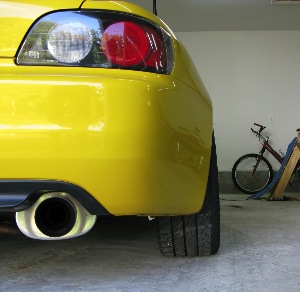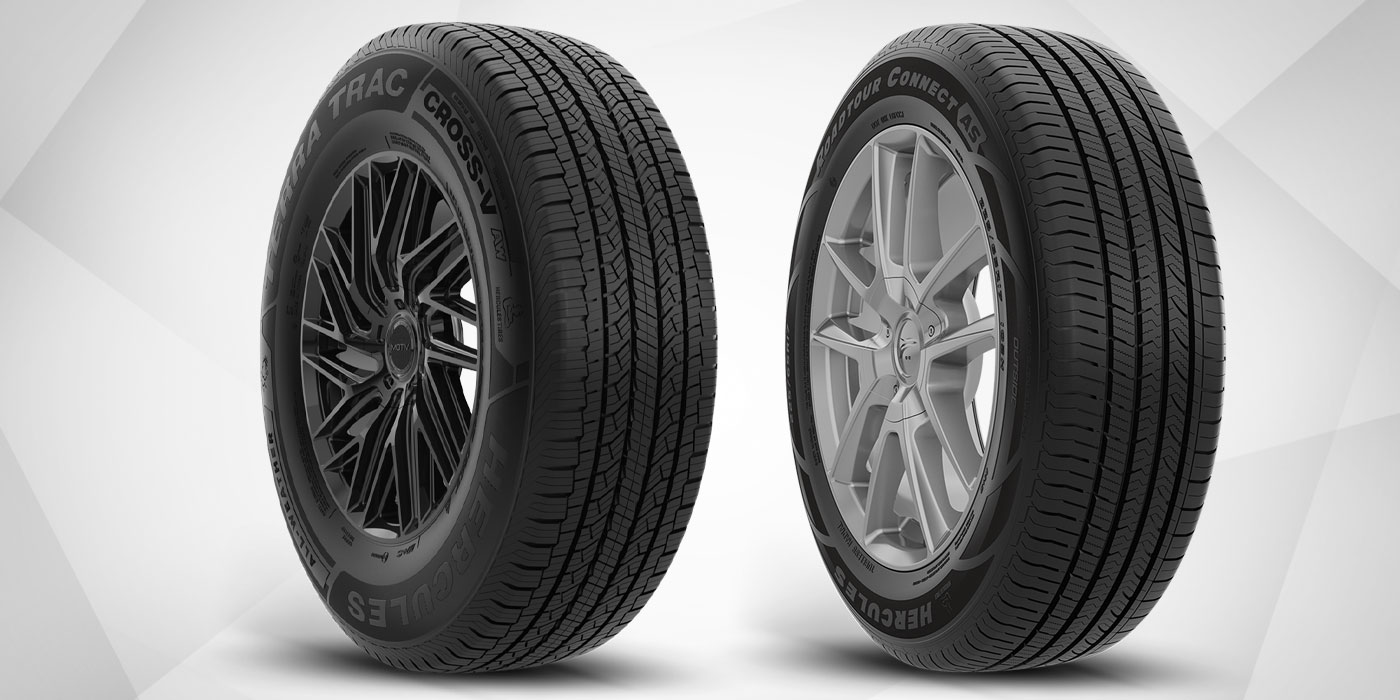When talking about the big three in a vehicle’s suspension, caster is probably the hardest to visualize and the least mentioned. Camber and toe are much easier to wrap your head around, but it’s important that we understand caster because if we don’t, the customer may notice a diminished lack of handling.
Perhaps caster can best be defined as the steering pivot angle of the front wheels. Because it is not something easily visualized, it can be a difficult concept to grasp. First, let’s dig a little deeper into the meaning of caster.
Caster is either positive or negative. Positive caster occurs when a line drawn perpendicular through the pivot point intersects the ground in front of the tire’s contact patch. Negative caster exists when that line intersects the ground behind the tire’s contact patch.
To help make all of this a bit easier to grasp let’s take a look at caster as it is used on a bicycle.
All bicycles have lots of positive caster. You can assure yourself of this by sighting down the frame tube that holds the fork in place. If you extend an imaginary line from that tube to the ground you find that it intersects the ground well ahead of the tire’s contact patch.
The importance of all of this is that the longitudinal forces acting on the tire’s contact patch are behind the footprint and, therefore, make the bicycle want to move forward in a straight line.
Now imagine grabbing hold of the bicycle without using the handlebars and pushing it forward. Do you see how stable it is? Now try to pull it backwards. Notice that immediately it becomes unstable and starts to turn. By pushing, you’ve demonstrated the concept of positive caster; by pulling you’ve shown the effects of negative caster.
Another good example of how positive caster works is the everyday grocery shopping cart. Take a look at the front wheels. Then push the cart forward. While you can easily turn the cart, normally it will roll ahead in a straight line. Now try pulling it toward you and it becomes unstable and wants to turn. That’s another example of negative caster at work.
These principles hold just as true for your customer’s vehicle. That’s why you won’t find negative caster built into the vehicle’s front suspension. Still, there is the question of how much positive caster should be used.
The greater the amount of positive caster, the more self-centering and responsive the vehicle will be. Also, increasing positive caster will have the effect of increasing negative camber on the outside front wheel of the vehicle in a turn. This is beneficial in offsetting the effects of body roll, especially in low speed cornering.

Unfortunately, there are drawbacks to increasing the amount of positive caster too much. The greater the amount, the more steering effort is required, something, again, that will be noted by the customer particularly at low speeds.
Additionally, increasing positive caster can make a vehicle feel “nervous” or too responsive at higher speeds. Like most other suspension adjustments, the decision about how much caster to dial in is dependent on how and where your customer intends to use the vehicle.
Everyday commuting, off-roading or a paved track – each has its unique demands. In other words, the caster setting for one customer might not be right for another.
Moreover, the settings for a vehicle that will see daily street use should never exceed the setting recommended by the vehicle’s manufacturer. Caster may not be easy to visualize, however, choosing the right setting for your customer’s vehicle can make a difference in how that customer will perceive the performance of his vehicle. In that sense the results are easy to see.
Camber and Toe
Keep in mind that too much caster will have an effect on other suspension settings as well, especially camber. This is the suspension setting that can best be seen from the front of the vehicle. Positive camber occurs when the top of the wheel is leaning outboard from the center of the car. Negative camber is when the top of the wheel is leaning into the car. We all know what it is; we see it everyday in traffic and would love to give a 10-minute seminar to that motorist. Hey, it’s going to save him or her money.
Variations by degrees of positive or negative camber may be the perfect match for some vehicles. Yet, too little caster will cause the vehicle to “wander” and make it feel unstable at high speeds. Too much caster causes hard steering and can also result in excessive road shock and shimmy.
A quick local test drive would definitely be in order when you are trying to match various suspension settings for that special customer. Some customers are picky, some are not. You can’t afford to guess, so take them for a ride and let them drive. After all, a sign off is a sign off and you need their signature on your paperwork when the job is completed.
Another note to add to your list is “toe.” You already know that this is the difference between the front of the tires (on the same axle) and the back of the tires. Usually they are set so they are parallel with each other. If the fronts of the tires are closer, the wheels are said to be toe-in. If the rears of the tires are closer, the wheels are toe-out.
There is a direct relationship among caster, camber and toe. Ideally they will work in harmony, but this is not always the case. A hard impact with a curb can ruin a good alignment job in a second.
Toe-in introduces understeer going into a curve and may make the vehicle feel like the back end is trying to come around to the front end. Toe out introduces oversteer in a curve and makes the vehicle feel like it is “diving” into the turn too sharply.
Taking toe a step further, if the tires are toed in too much, tread will be worn off starting from the outside edges. If they are toed out too much, the wear will start from the inside of the tire. This type of wear is called feathering. Caster, on the other hand, has no effect on how a tire wears, but it does play a role in handling and on center feel.
You already know that an alignment job is needed if a tire has hit something very hard. Look at the tire closely for signs of such an incident and point it out to the customer with your recommendations. Another item to look for during your examination shows itself as irregular wear in the shoulder area of the tire, like feathering, which we just discussed. Often the customer will help if they tell you that vehicle isn’t handling properly.
These are the keys to proper alignment and it has been made less complicated with the introduction of some “star power” alignment racks and the add-on equipment these manufacturers offer along with ongoing product service and training.
In other words, make your investment racks pay for themselves and give the customer what he or she wants: a good handling vehicle with longer tread wear and better fuel mileage.













